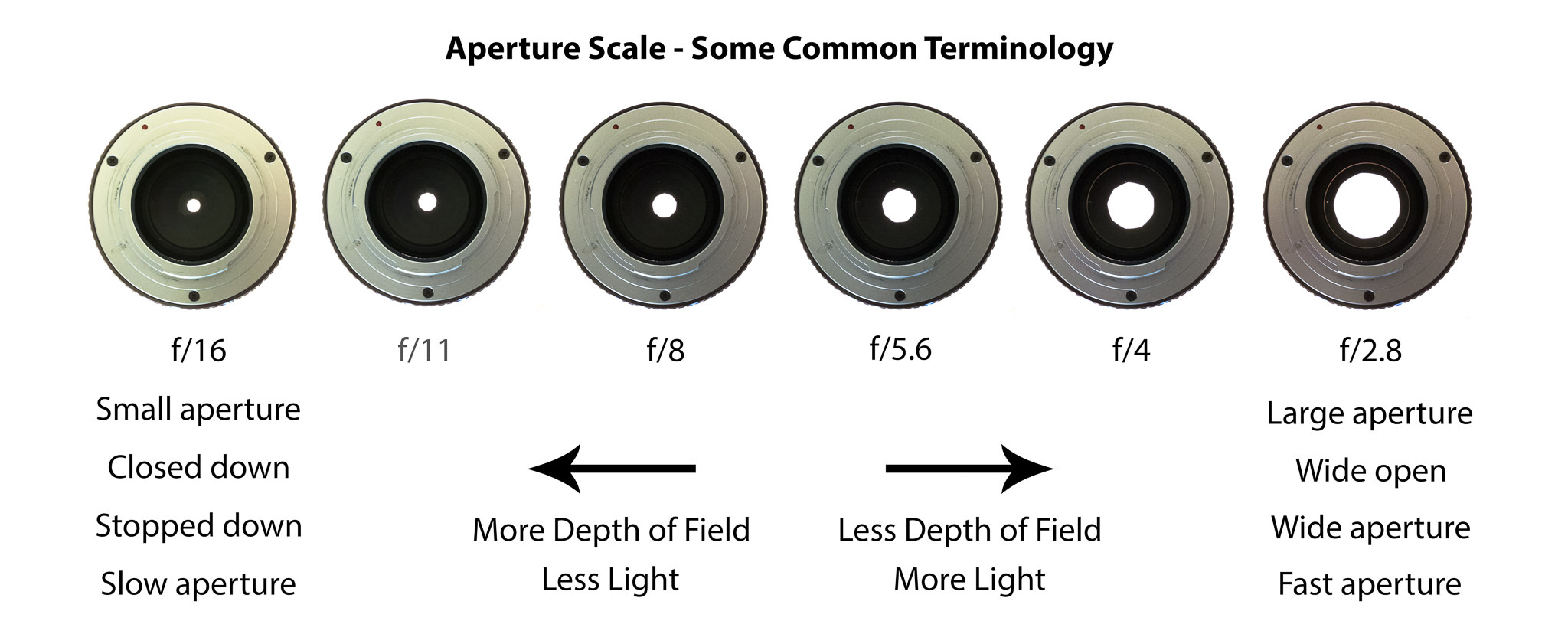Sharpness and Quality Investigation
- First control the focus area of the camera. Shallow depth of field will help produce a sharper image with a blurred background and give a nice cinematic look.
- However, if you need an establishing shot or a clip with a wide depth of field, it is crucial to have the Aperture at F/8 or higher. This way enough light will come into the camera sensor and the whole shot is visible.
- A big mistake cinematographers make is using the in-camera sharpness setting. This creates image grain and noisy footage and even a loss of detail. This will also make any coloring or visual mistake in the clip harder to correct in post production.
- Its important to film in a flat picture profile. I personally have already downloaded a C-log picture profile onto my camera at home to really help me get flat footage. Lots of cameras don't have a C-log picture profile but you can still get flat footage by lowering sharpness, contrast, and saturation in your settings. I don't know if Bomboy's cameras have C-log.
- Flat Shots = Profession
- Flat footage does not look good right off the back but it makes editing in post production much easier because you are not restricted by colors, exposure, or contrast that get in the way when you aren't filming in a flat picture profile.
- Sharpening too much in post production can create lumpy footage.
- Keep editing simple and use a high bitrate when exporting footage (minimum of 25mps)
- When it comes to lens you are going to want a wide aperture usually between F/1.2 - F/2.8 in order to get crisp cinematic shots.
- Aperture, Iso, and Shutter Speed are EVERYTHING.
- Higher ISO = Brighter. But using high ISO is risking getting Image grain.
- Lower ISO = Dark. Increases contrast and risks getting image grain
- It's all about knowing your camera and getting the perfect ISO, Aperture, and Shutter Speed levels.
- 1/50s recommended for 24fps (Shutter Speed)
- You can change Exposure with both ISO and Aperture.
- F/22 = Dark with deep depth of field.
- F/2.8 = Bright with shallow depth of field.
- Usually best to stay below ISO 1600 or else footage will be grainy.
- When shooting in the dark:
- Shoot with Aperture of F/2.8 and ISO 1600
- Grainy footage = Over Exposed
- Flickering = Wrong Shutter Speed
- In post production you can get rid of some image grain by lowering highlights a little.












